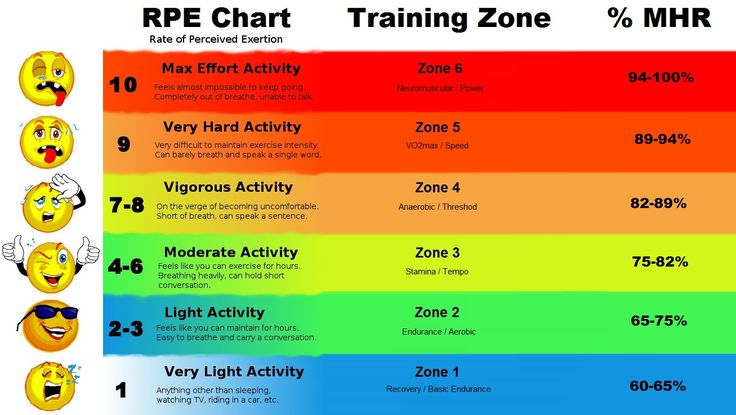Setting Heart Rate Training Zones
The easiest way to calculate your Maximum Heart Rate is a simple paper-and-pencil calculation. Subtract your age from 220. The result is an age-predicted maximum beats per minute.
Example: 20 year old athlete
Maximum Heart Rate (MHR) 220 – 20 = 200
Please note: This method does not take into account your fitness level or inherited genes, which can make your true maximum heart rate 10 to 20 beats per minute higher or lower than the age-predicted number. This is the most basic method to use and it’s a good place to start to get your training zones established. You can also do a 30 minute run test or 30 minute bike test and measure your actual heart rate numbers during the test to establish your training zones (You can email me for more details on this method if you would like to do these tests)
It is also worth noting that your bike and run heart rate MHR number will slightly vary. There can be a 5-10% difference in your bike and run MHR. But for a basic establishment of zones – one range of numbers will work.
Now you’ll need that pencil, paper, and calculator again to calculate your training zones:
With my example: of the 20 year old athlete – here’s the training zone ranges
Zone 1 – 60-65% of MHR = 120-130
Zone 2 – 65-75% of MHR = 130-150
Zone 3 – 75-82% of MHR = 150-164
Zone 4 – 82-89% of MHR = 164-178
Zone 5 – 89-94% of MHR = 178-190
Zone 6 – 94-100% of MHR = 190-200
If you don’t have a Heart Rate Monitor – it’s no problem, you can train on RPE or Rate of Perceived Exertion. This chart (taken from ilovebicycling.com) below describes the zones and efforts.
